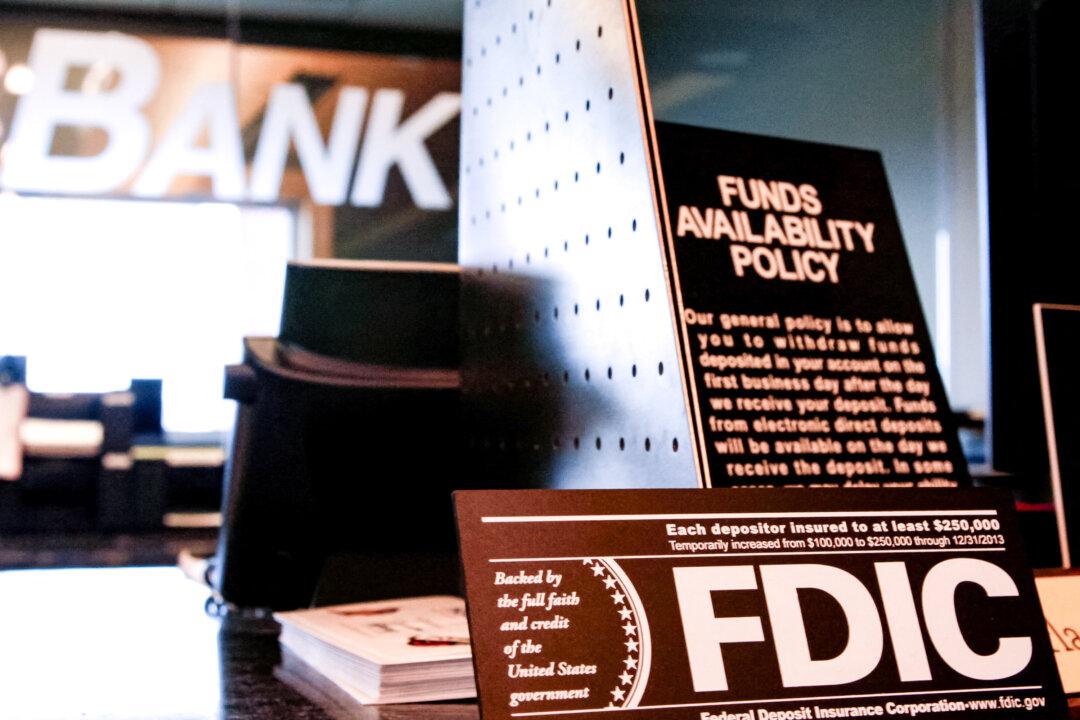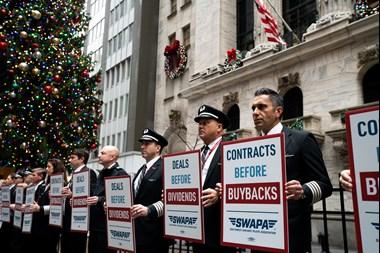Wall Street loves acronyms nearly as much as the United States military, so it was inevitable that some wag–reportedly CNBC stock picker Jim Cramer–came up with “FAANG” to mean Facebook, Apple, Amazon, Netflix, and Google somewhere around 2013.
Of course, the FAANG acronym is now obsolete, given that Facebook has become “Meta” and Google has become Alphabet. Still, the average investor, analyst, and broker knows what you mean when you use the acronym, much like Kleenex has become synonymous with facial tissue.
So where is the next level of exceptional growth?
Mobile Apps
We would look, first, to relatively new mobile app start-ups that are already available for further innovation downstream. Urban Sitter, for example, is an app that originally allowed for parents to select babysitters who have been screened for criminal records and been reviewed by parent peers, has already expanded to elder care providers, dog walkers, housekeepers, the like.Moreover, B2B and B2G apps on the same platform could provide flexible, scalable, staffing solutions for lesser-skilled workers–everything from restaurant waitstaff to delivery people to cashiers to janitors. School districts could hire substitute teachers, crossing guards, school bus drivers, or cooks.
Transports
As the “Baby-Boom” generation of truckers retire, the dearth of replacements for those workers clearly has helped affect the supply chain shortages Americans have suffered.One of the hardest parts of being a trucker, though, is the time spent from home and family. It’s one of the reasons so few younger people have entered the labor force.
We suspect that before “AI” truck driverless trucks come online, some innovator will integrate GPS and location data so that truckers can work within a few hours radius of their homes to drive from home with one load and go toward home with another, say four to five hours in each direction, rather like a modern-day Pony Express.
Augmented Reality
While Virtual Reality (“VR”) requires immersion into an entirely virtual world, and is likely to remain in the spectrum of entertainment and electronic games, Augmented Reality, or AR, supplements the real with the virtual, as any PokemonGO player can attest.But in business, manufacturing, and services business, AR would seem to offer enormous potential for efficiencies, precision, and waste reduction. Imagine a monocle-like device, connected by WiFi, whereby workers could measure items precisely and instantaneously or could see the stock of raw materials and calculate their re-stocking point and automatically process the order by an eye movement, similar to the way theoretical physicist Stephen Hawkings was able to write text on his computer. Or imagine sports venues, airlines, and secure facilities being able to check the bona fides of ticket holders and other authorized personnel using facial recognition in their AR monocles.
Technology is always advancing. While the markets have been largely “de-FAANG’d,” smart investors will keep apprised of technological developments to see where technology is at any given time–or invest in funds that do–and invest accordingly. The next “Apple”–the next Big Thing is awaiting your investment.





